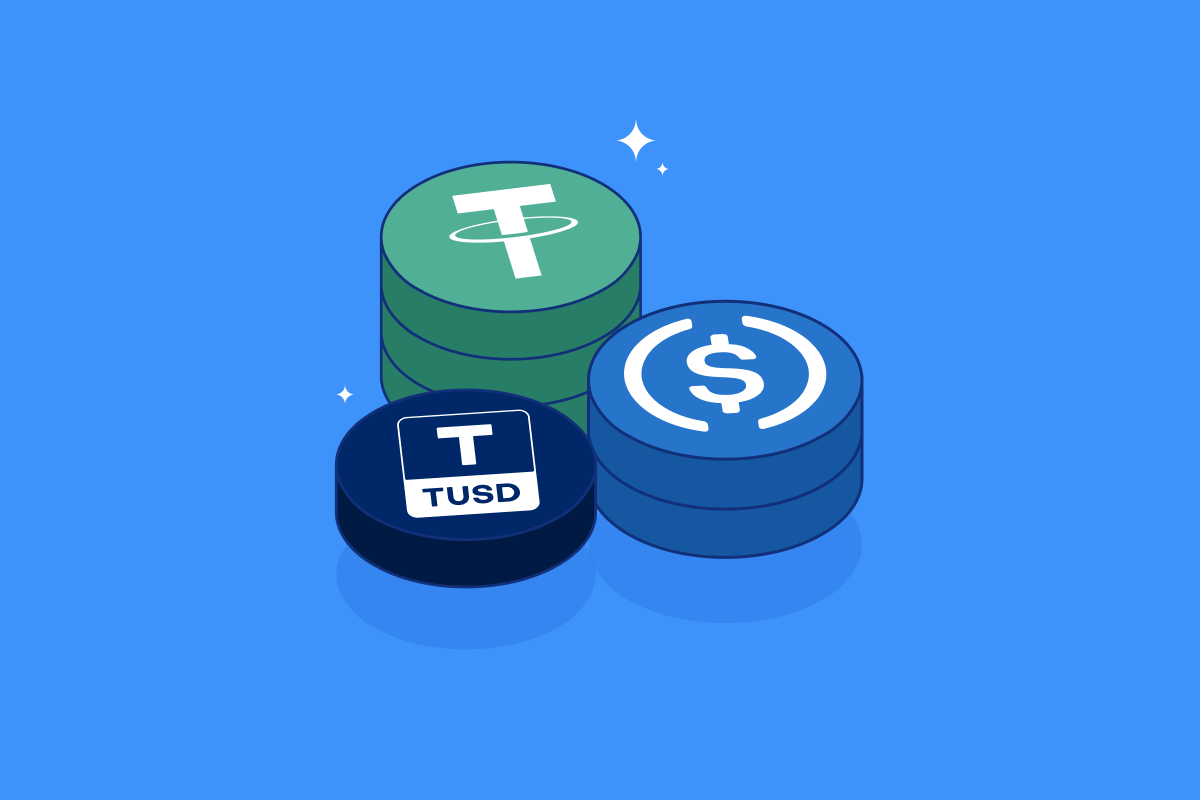Stale Block in Cryptocurrency
Definition of Stale Block
A **stale block**, also known as an **orphan block**, refers to a block in a blockchain that is not included in the longest chain of blocks, resulting in it being effectively abandoned. This occurs in networks that utilize a Proof-of-Work (PoW) consensus mechanism, where multiple miners may simultaneously mine blocks, leading to a situation where two or more blocks are discovered at roughly the same time. Only one of these blocks can be accepted into the main chain, leaving the others as stale blocks.
How Stale Blocks Occur
Stale blocks are a consequence of the decentralized nature of blockchain technology. Here are the key points on how stale blocks are generated:
- Simultaneous Mining: When two miners find a block at the same time.
- Network Latency: Due to varying propagation times across the network, different miners may see different block updates.
- Forking: Temporary forks can occur where more than one block is considered valid until one chain becomes longer and thus preferred.
- Mining Rate Fluctuations: Variations in mining power and difficulty adjustments can impact block acceptance.
Impact of Stale Blocks
Stale blocks can have several impacts on a blockchain network:
- Transaction Conflicts: Transactions included in stale blocks are not confirmed on the main chain, which can lead to double spending if those transactions were to be included in another block.
- Mining Rewards: Miners may expend resources on a stale block but will not receive rewards for their efforts, decreasing overall network efficiency.
- Network Security: The presence of stale blocks may indicate issues in network stability or miner coordination, potentially leading to vulnerabilities.
- Blockchain Bloat: Stale blocks take up space in the blockchain, although they are eventually purged, they can temporarily contribute to bloating.
Handling Stale Blocks
Most blockchain protocols include mechanisms to handle stale blocks effectively. These may include:
- Best Chain Selection: Nodes will generally adopt the longest chain as the valid chain, discarding stale blocks.
- Rejection Policies: Nodes utilize policies to reject stale blocks based on various criteria, such as time stamp or chain length.
- Incentive Systems: Some networks incentivize honest mining practices to minimize the occurrence of stale blocks.
- Chain Reorganization: On occasion, nodes may reorganize the chain to remove stale blocks, reverting to the most recent valid state.
Examples of Stale Blocks
Numerous cryptocurrencies experience the effects of stale blocks, particularly those utilizing PoW. Here are examples:
- Bitcoin: Bitcoin experiences stale blocks during periods of high transaction volume or hash rate fluctuations.
- Ethereum (prior to ETH 2.0): Stale blocks were more prevalent in earlier Ethereum mining systems, particularly during network congestion.
- Litecoin: Similar to Bitcoin, Litecoin has faced stale blocks during intensive mining sessions.
Conclusion
Stale blocks are an inherent aspect of blockchain technology that impacts network efficiency and security. Understanding stale blocks is crucial for miners, developers, and users alike, as it highlights the challenges faced in maintaining a decentralized and efficient blockchain ecosystem. By utilizing effective handling mechanisms, blockchain networks continue to evolve and mitigate the implications of stale blocks, ensuring a robust and secure operational environment.
Further Reading
For those interested in delving deeper into the topic of stale blocks, additional resources are recommended:
- Blockchain Technology Basics: Understanding how blockchains work.
- Proof-of-Work Mechanism: A detailed overview of mining and consensus algorithms.
- Transaction Management: Insights into how transactions are processed within the blockchain.
- Blockchain Security: Exploring the implications of network vulnerabilities.


















